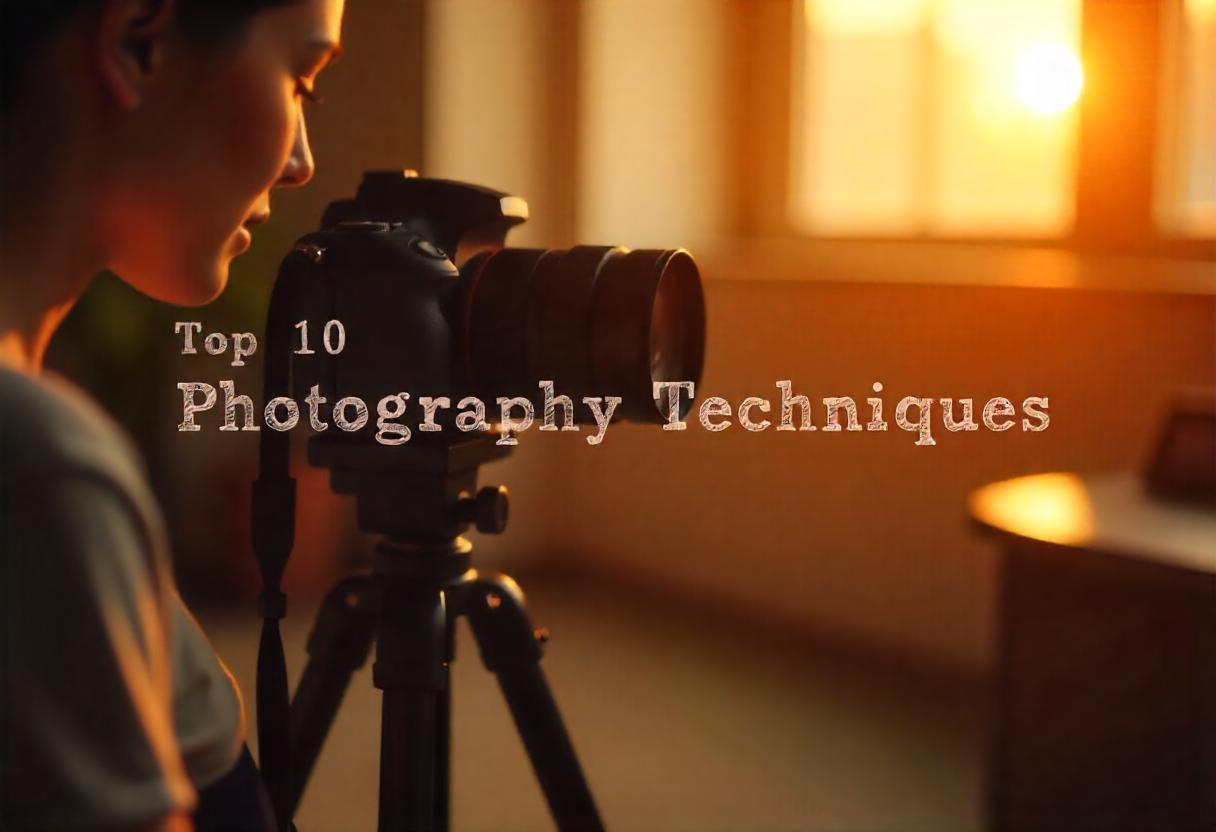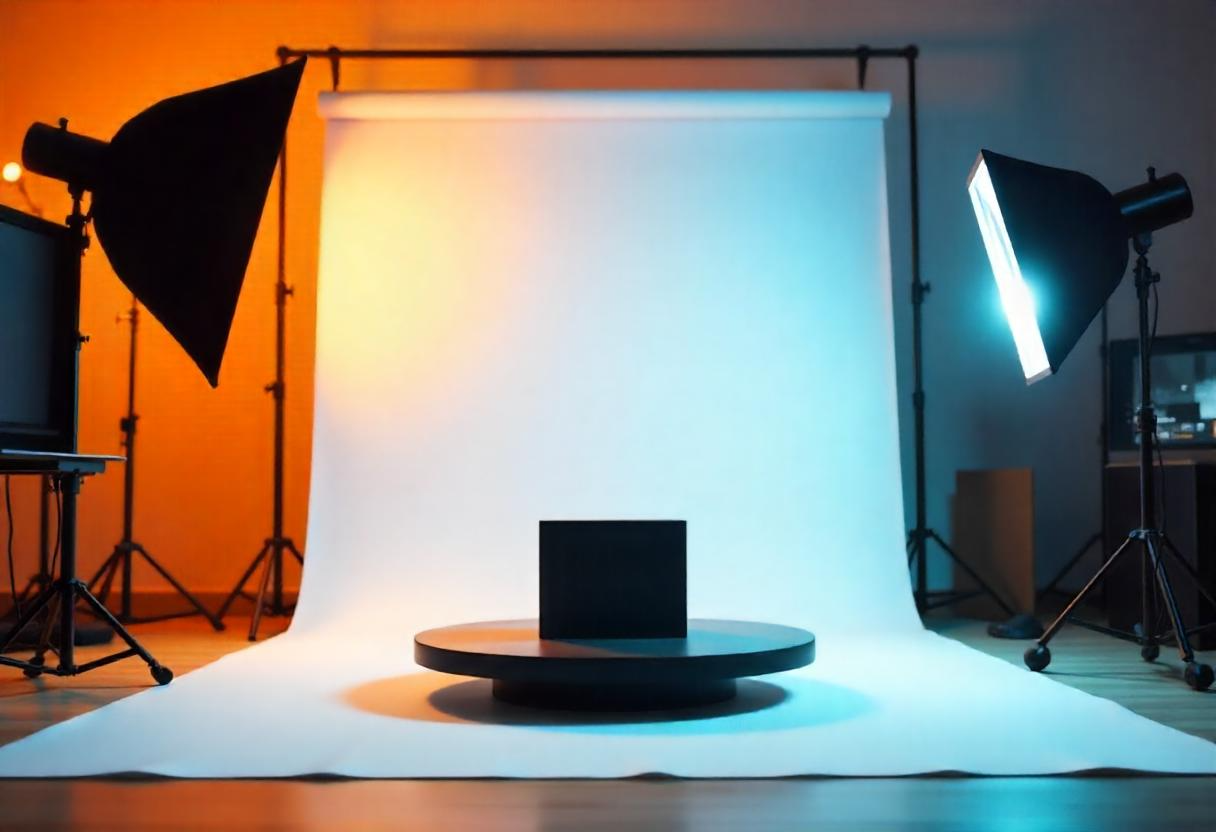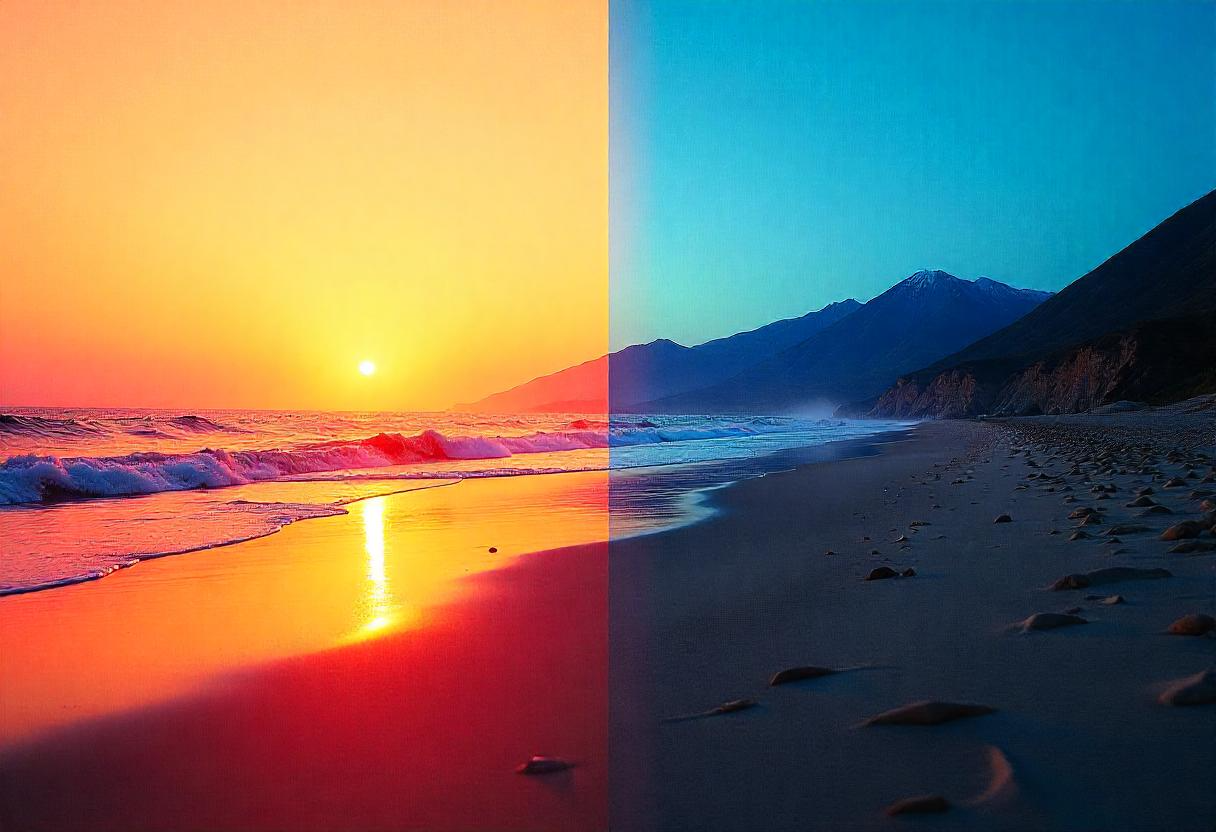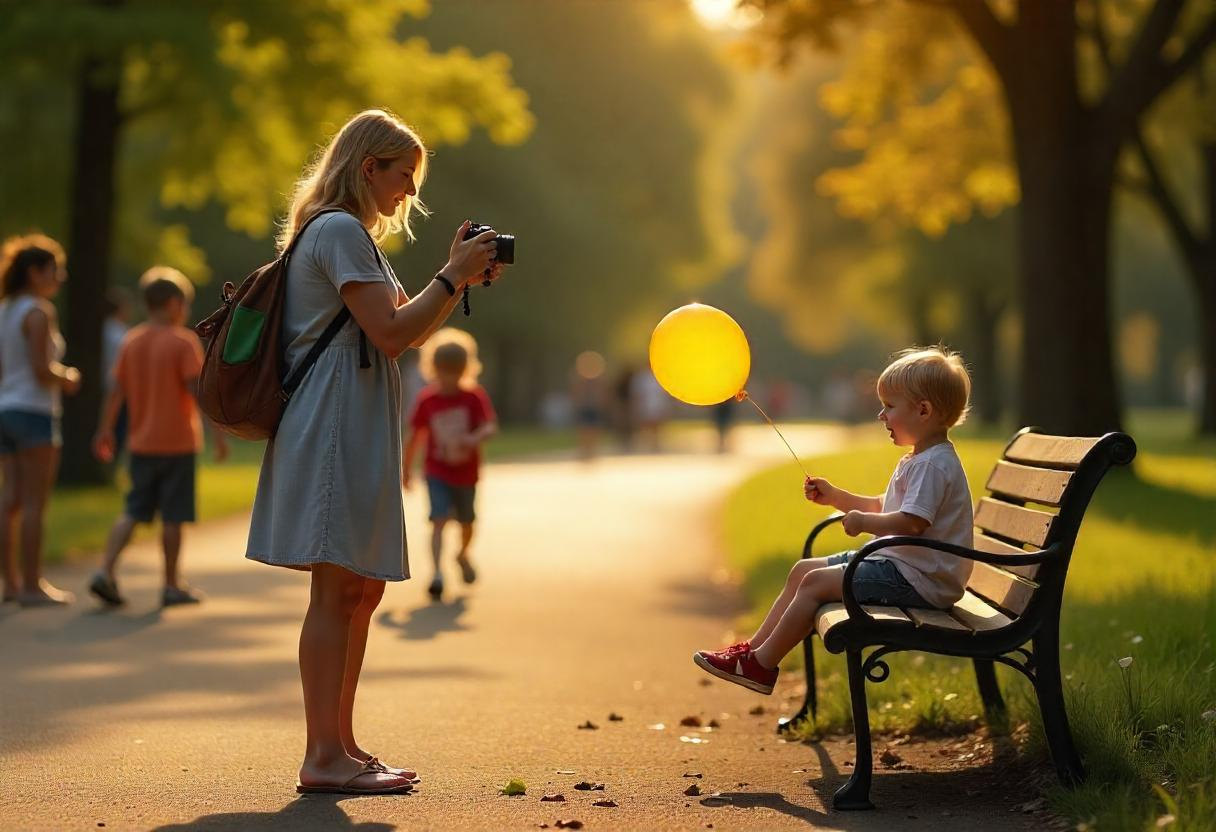Exploring Minimalism in Photography: Less Is More
Minimalism in photography is about stripping a subject down to its traits, optimizing the negative space, and cutting down on any noise that might be distracting. It is a powerful tool that attracts viewers and holds their gaze, directing their emotions and thoughts.
From advertisements and packaging to editorials and exhibitions, minimalist photos are here to stay. Start your photography journey with this simple yet impactful style to create beautiful, compelling visual stories.
Do you believe even the simplest framing can narrate compelling visual stories? Are you wondering how to professionally approach the minimal style?
We have got you covered!
Do you want free career counseling?
Ignite Your Ambitions- Seize the Opportunity for a Free Career Counseling Session.
- 30+ Years in Education
- 250+ Faculties
- 30K+ Alumni Network
- 10th in World Ranking
- 1000+ Celebrity
- 120+ Countries Students Enrolled
Keep reading to learn more about how you can explore minimalist photography and take stunning and memorable photographs.
What Is Minimalism In Photography?
Minimalist photography emphasizes simplicity and uses ample negative space to eliminate clutter and focus on the subject’s essence. It uses a limited color palette and clean lines and creates compositions with only the most important elements.
The clear and comprehensible aesthetics are known to foster deeper engagement. From advertising and packaging to editorial shoots and brand imagery, minimalist photography is at the heart of modern visual storytelling.
Book Now →
The 5 Principles Of Minimalist Photography
Principles are the foundation of minimalist photography. These are the basic ideas and concepts that guide a photographer through the process and provide them with the tools to explore the craft.
● Simplicity
Minimalist photography stresses the “less is more” principle. It clearly demarcates the subject and cuts out all the white noise, focusing on the geometry, surface, and color – highlighting its true qualities.
● Limited Color Palette
From black-and-white and monochromatic palettes to limiting the use of colors and using them only with intent, the right tones and tints add that extra depth and visual appeal to the photos.
Do you want free career counseling?
Ignite Your Ambitions- Seize the Opportunity for a Free Career Counseling Session.● Strong Composition
A balanced and harmonious composition with the right proportion of negative space, clean lines, and shapes is the key to a perfect, minimal photograph. A strong has the power to hold the viewers’ gaze or effortlessly glide it across the frame!
● Emphasis
Emphasis is a technique that drags the viewers’ eyes to a particular spot in the composition. It’s the backbone of minimalist photos – by emphasizing an object, you can isolate it from the rest of the composition and make it stand out from the background while also highlighting its traits, keeping the viewers engaged, and telling a story.
● Balance
Balance is fundamental to photography. It involves arranging all the elements in a way that creates a “visual equilibrium” within the composition. Balance ensures that the colors, tones, shapes, and the negative space used have the same “visual weight” and establishes a sense of harmony.

How To Find Inspiration For Minimalist Photography?
The first step in taking rich and beautiful minimalist photos is understanding how to find inspiration and knowing what can be a great subject –
- Spot interesting geometric and organic shapes around you – a pretty leaf, a printed box, or that lamp post right around the corner, there are aesthetic frames everywhere.
- Capture Interesting architectural details you come across. From intricate details on a monument to railings, spiral staircases, and unique doors and windows – you can experiment with little details and entire cityscapes.
- Find isolated trees or flowers in your neighborhood or look for simple landscapes with clean lines when you go on your next vacation.
- Everyday objects can create great minimalist compositions. Something as simple as a chair against a solid-colored wall, or your favorite coffee mug on the desk can narrate stories more powerful than you think.
- Take photos of your friends and siblings – minimalist portrait photography captures a person’s essence, a particular expression, movement, or even body language and builds a deep humane connection with the viewer.
9 Minimalist Photography Tips to Perfect Your Craft
While you start your journey and explore minimalism in photography, experiment with different frames, and identify your style, there are a few things you should keep in mind.
1. Keep It Plain And Clear
Simplicity is what is going to set your photos apart. The first rule of taking a minimalist photo is to be clear about your subject and keep the composition neat and clutter-free. Cut out everything that is not central to the picture, directing your viewers’ gaze and guiding their eyes.
2. Focus On The Subject
You don’t need a lot going on in the composition. Your primary focus is your subject. If you are capturing a bird against the blue sky, make sure that is evident. Make it pop against the background, using negative space and tonal differences.
3. Keep The Composition Techniques In Mind
Understand how the rule of thirds and leading lines work, how negative space can add value to a composition, and how to create a visual balance. Composition techniques are important for photos that are cohesive and have no distractions. Learn the use of contrast, colors, textures, and other elements in your composition to maintain a sense of intrigue even in minimalistic settings.
4. Optimize The Negative Space
Negative space plays an integral role in minimalist photography. It gives the subject enough space to “breathe”, makes it stand out, and declutters the composition. It enunciates the physical qualities of the subject by simply being there.
Look at some examples and notice how negative space contributes to the frame by directing one’s gaze, creating a sense of stillness or movement, and determining the mood of the photo.
5. Use A Wider Aperture
Using a wider aperture enables you to blur out the background, making the depth of focus shallow, and concentrating the viewer’s focus on the subject. It eliminates all noise while adding a sense of depth and drama to the composition.
6. Explore Colors And Their Tones
Colors have their own stories to tell. Be it a monochromatic composition, or just adding a little pop of color to emphasize the subject, each palette conveys something different. You can use color-blocking techniques to create clean aesthetics with limited yet bold colors to draw viewers’ attention as well.
Using contrast, complementary colors, or simply sticking to a black-and-white scheme can highlight certain qualities of the composition, evoking a range of emotions.
7. Experiment With Angles, Perspectives, And Exposures
Taking photos with different exposures, and experimenting with perspectives and angles can result in stunning compositions. It provides options while editing and helps look at the same subject from different points of view. If you want to explore cityscapes and architectural photography, playing with perspectives and angles can add a little extra “wow” to your minimalistic take.
8. Edit Lightly
Fine-tuning and refining the photograph is the prime goal of post-processing. Focus on enhancing contrast and defining the lines and shapes to clean up the composition and add more clarity. Editing with a light touch and holding back on too many effects is what determines how good the final result will appear.
9. Take A Photography Course
The best and foolproof way to go about a photography career is to take formal training. If you are already enrolled in a photography course, consider certificate courses in specialized niches to master different styles, genres, and techniques, and expand your opportunities.
Conclusion
Photography as a medium has been around for over 200 years and has constantly evolved in terms of styles, genres, techniques, and technology used. Minimalism is a style that uses the least possible elements to present visuals that are effective, appealing, and narrative.
Minimalism in photography is characterized by its clean aesthetic, simple framing, and pleasing compositions. Professionals use this style to put the spotlight on the subject and draw people in.
By sticking to a simple composition with clear lines, lots of negative space, visual balance, and limited colors, you too can take minimalist photos and carve a unique path for yourself. Check out the courses offered by AAFT, Noida to learn more about photography and make a thriving career out of your passion for the craft.

AAFT has been providing the world with limitless creativity and expression since 1993! Through a dynamic and industry-driven curriculum, AAFT provides engaging and captivating articles to persuasive blogs and empowers its readers to explore diverse avenues of creative media education-related content.






